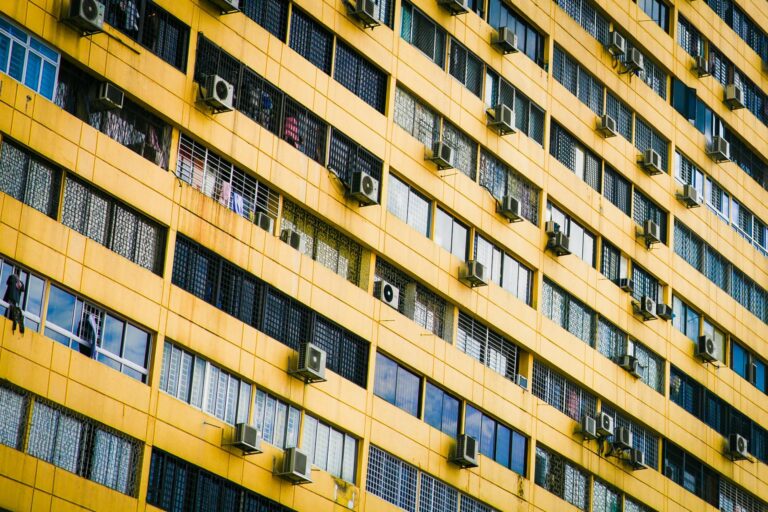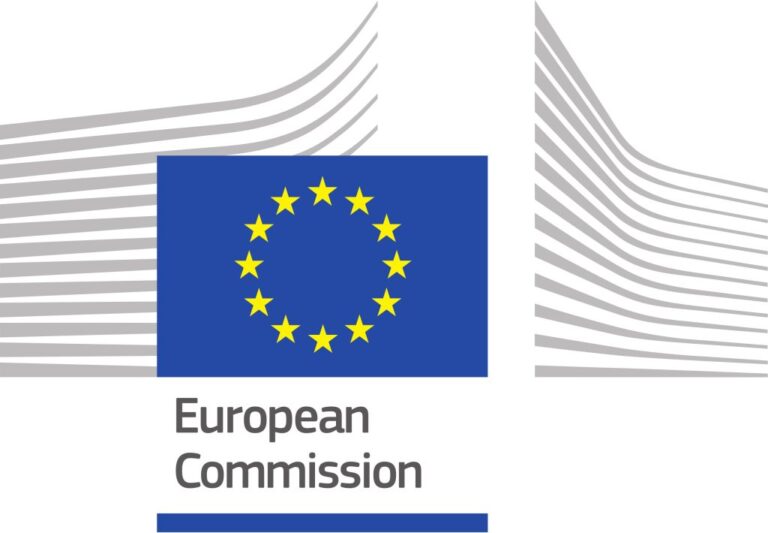Smart windows that control the amount of heat that enters or leaves a building can reduce the need for energy-intensive air conditioning units and help efforts to retrofit Europe’s buildings to make them more energy efficient.
Roughly 75% of EU buildings are energy inefficient and countries now are looking to retrofit old buildings to prevent a costly leakage of heat. But despite the brainpower invested to make buildings more energy efficient, the design of windows has until recently not used a lot of modern technology, says Ioannis Papakonstantinou, a professor of nanoengineering at University College London, UK.
His research project Intelglazing is using new ideas in nanotechnology and photonics (the physics of light) to create nanometre-thin window coatings that better insulate buildings.
This had been tried before in industry, but all the previous efforts fell short – they either blocked out too little sunlight or were too expensive to make.
‘If you start blending these (window) coatings with nanotechnology, then you can push the performance boundaries to much higher levels,’ he said.
The Intelglazing glass technology has two parts. The first is a microscopically thin layer of nanostructured glass shaped like tiny hair combs which are less than a micrometre (or one thousandth of a millimetre) in height. These ‘nanocomb’ structures overlap with each other and scatter sunlight, reducing the glare that enters through the window.
The second part is where the windows become energy efficient. Here the researchers are experimenting with a material called vanadium oxide, which can attach to the nanocombs. This chemical compound is thermochromic – meaning it can change its colour depending on the temperature. For example, hot days will cause the vanadium oxide to change its structure, causing it to darken and reject most of the warming near-infrared sunlight, whereas on cold days it will lighten and let most of it in.
Manufacturers can apply this layer directly to new windows as a layer of glazing, or DIY retrofitters can apply it to old windows as an adhesive layer of polymer film. An added benefit of this, says Prof. Papakonstantinou, is that manufacturers can customise windows or films with these layers to switch on at a different temperature point.
‘You can change the chemical composition of vanadium dioxide in a way that it can switch at a higher or lower temperature,’ he said. ‘So you have some quite good control.’ For example, windows in southern Spain could be customised to block out sunlight at a lower temperature to prevent buildings warming up during the day. Likewise, a building in northern Sweden will want to get as much warmth from the sun as possible, so their windows could only start blocking out sunlight at a higher temperature.
“
‘Renovation of buildings is carried out all the time … It’s important that when we do this, that we do it in the most energy efficient way so we don’t replace an old window with a poorly performing new window.’
Hydrophobic
Windows with this nanocomb-vanadium oxide layer are also hydrophobic (water repellent) – rain quickly runs off the glass and picks up any dirt along the way, making the windows self-cleaning. This makes the windows more efficient when they are used in skyscrapers, for example.
The project’s aim is for their windows to reduce people’s energy use by 25% by blocking or allowing sunlight when needed, and be more than 50% more efficient compared to existing window tech on the market, since no extra energy is needed to activate the vanadium oxide.
In fact, window retrofitting technology has changed drastically since the project started in 2016, says Prof. Papakonstantinou. He says when he first discussed the project in the mid-2010s, nanotechnology in windows was unheard of but now ‘the field has started booming.’
Professor Per Heiselberg of Aalborg University in Denmark says that discussions on retrofitting buildings has been around for decades, though the environmental element has only recently been a priority.
‘It has been the topic for 40 years, but of course the argumentation has changed,’ he said. Back in the 1970s he says that people were saving energy so as not to be dependent on countries in the Middle East who had an oligopoly on oil supply. ‘Now the focus is to reduce your carbon emissions and avoid greenhouse gases.’
Prof Heiselberg’s ReCO2ST project is looking at ways to retrofit every surface that envelops a building to be more cost efficient and environmentally friendly.
Ventilation systems
A central feature of the project is using smart window technology to provide ventilation for retrofitted buildings, where installing modern ventilation systems like air conditioners is difficult or expensive. ‘(A window is usually the) weak part of the envelope because it’s typically leaky and not so well insulated,’ he said. ‘On the other hand, it’s also where we get some heat from the sun into our buildings.
The main idea is to use smart windows to both provide better shade from the sun and supply fresh air into a building. This is especially useful for older buildings retrofitted with modern windows. Since these modern windows are more airtight they can cause moisture and emissions to build up in the building, which might require another costly retrofit of the building’s ventilation system.
‘It can be difficult – especially in old buildings – to find space for pipes and ventilation systems to supply fresh air to the spaces – and all spaces usually have access to the outside through a window,’ said Prof. Heiselberg.
‘It would be more cost effective if, instead of installing both a new window and a ventilation system, we use the window for supply of fresh air, and then we use the chimneys or the stacks you have in old buildings for the exhaust of the air.’
Their smart window idea is based on research done in a previous EU project called CLIMAWIN. In their triple-glazed window frame there is a small gap (around 5mm wide) at the bottom level on the outside. This gap allows air to pass in between the window’s glazing layers and be warmed by sunlight. It then enters the room through a small valve at the top of the window facing inside the building.
The result is a preheated draft of fresh air through the window that can then leave the building through another ventilation exhaust.
At the moment the team is experimenting with different materials that can store latent heat in the windows during the day and then release it at night, says Prof. Heiselberg. ‘During a time where we have sunshine, we can collect and store it,’ he said. ‘And then we also have the possibility to preheat air in periods where the sun is not shining.’
This material could also be shaded from the sun during the summer so that instead of storing latent heat, it instead cools the air passing through it. Another idea being developed is fitting the windows with sensors to know the optimal time to store and release heat, and adding miniature fans to control the direction of the airflow.
‘Renovation of buildings is carried out all the time because components have a certain lifetime and need to be replaced,’ said Prof. Heiselberg. ‘It’s important that when we do this, that we do it in the most energy efficient way so we don’t replace an old window with a poorly performing new window.’
By
The research in this article was funded by the EU. If you liked this article, please consider sharing it on social media.
This article was originally published in Horizon, the EU Research and Innovation magazine


